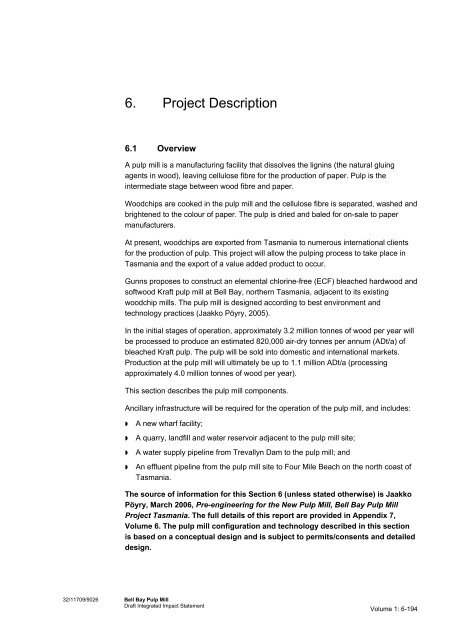

Pine may also refer to the lumber derived from pine trees pine is one of the more extensively used types of wood used as lumber. The Plant List compiled by the Royal Botanic Gardens, Kew and Missouri Botanical Garden accepts 126 species names of pines as current, together with 35 unresolved species and many more synonyms. Pinus is the sole genus in the subfamily Pinoideae.

According to different definitions, the thumb can be called a finger, or not.Įnglish dictionaries describe finger as meaning either one of the five digits including the thumb, or one of the four excluding the thumb (in which case they are numbered from 1 to 4 starting with the index finger closest to the thumb).Ī pine is any conifer in the genus Pinus ( ) of the family Pinaceae. The first digit is the thumb, followed by index finger, middle finger, ring finger, and little finger or pinkie. Usually humans have five digits, the bones of which are termed phalanges, on each hand, although some people have more or fewer than five due to congenital disorders such as polydactyly or oligodactyly, or accidental or intentional amputations.
Woodchip barn aa open source scanner full#
Year 205 ( CCV) was a common year starting on Tuesday (link will display the full calendar) of the Julian calendar. It commonly denotes the first, leading or top thing in a group.

The unique mathematical properties of the number have led to its unique uses in other fields, ranging from science to sports. 1 is by convention not considered a prime number although universally accepted today, this fact was controversial until the mid-20th century. In advanced mathematics, a multiplicative identity is often denoted 1, even if it is not a number. Most if not all properties of 1 can be deduced from this. The fundamental mathematical property of 1 is to be a multiplicative identity, meaning that any number multiplied by 1 equals the same number. It is also sometimes considered the first of the infinite sequence of natural numbers, followed by 2, although by other definitions 1 is the second natural number, following 0. In conventions of sign where zero is considered neither positive nor negative, 1 is the first and smallest positive integer. For example, a line segment of unit length is a line segment of length 1. It represents a single entity, the unit of counting or measurement. 1 ( one, also called unit, and unity) is a number and a numerical digit used to represent that number in numerals.


 0 kommentar(er)
0 kommentar(er)
